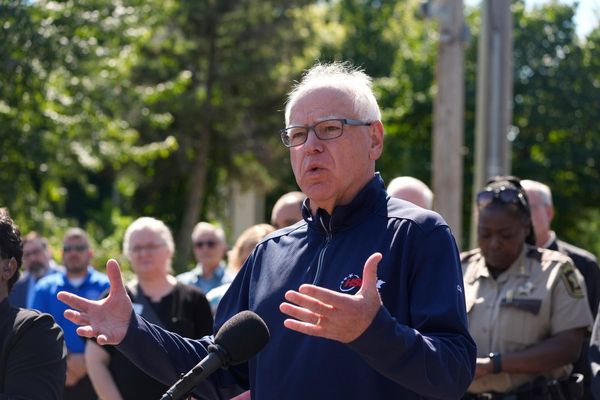
DINKS—dual-income, no kids households—are rewriting the rules of retirement planning. Without dependents to provide for, many are investing in lifestyle-focused options that appeal to freedom and convenience rather than legacy building. One surprising trend is the growing interest in retirement communities, even years before retirement. These communities promise comfort, amenities, and built-in social networks, but they also come with risks that can complicate long-term financial security. Understanding why DINKS are diving into these choices—and what it means for their financial futures—can help others evaluate whether the trade-offs are worth it.
1. Lifestyle Appeal Over Legacy Building
Many DINKS view retirement as an opportunity to maximize personal enjoyment rather than save for heirs. Retirement communities offer pools, golf courses, group events, and maintenance-free living that align with this vision. The focus shifts from passing down money or property to investing in quality of life. For couples without children, this makes sense because they don’t feel pressured to preserve assets for the next generation. The appeal of retirement communities comes from the promise of daily enjoyment and fewer responsibilities.
2. The Allure of Built-In Social Networks
Another reason DINKS are drawn to retirement communities is the ready-made sense of belonging. These neighborhoods often cater to specific lifestyles and age groups, making it easy to form friendships and find activities. Social interaction becomes a built-in feature, reducing the risk of isolation later in life. For couples without children, this is especially appealing since they may not have family nearby to lean on for companionship. Retirement communities seem to offer a solution to emotional as well as practical needs.
3. Downsizing for Simplicity and Freedom
Many DINKS are eager to simplify their lives by moving out of larger homes. Retirement communities often provide smaller, more manageable properties that require less upkeep. This shift allows couples to reduce daily stress while freeing up time and money for experiences. Downsizing in this way also helps avoid the hidden costs of maintaining unused space. For those not worried about inheritance, retirement communities become a tool for living leaner and smarter.
4. Financial Risks Lurking Beneath the Surface
While retirement communities sound appealing, they can pose serious risks to financial stability. Entry fees, monthly association dues, and rising maintenance costs can quickly add up. Some communities even impose steep penalties if residents decide to leave. DINKS who buy in may underestimate these expenses, leaving themselves with less flexibility later. What looks like an investment in freedom can easily become a drain on long-term savings.
5. Limited Return on Property Value
Unlike traditional real estate, properties in retirement communities don’t always appreciate as expected. The resale market is limited to specific buyers, which makes demand unpredictable. For DINKS not concerned with leaving property behind, this might not matter much. However, it still affects their ability to access equity if they need cash for healthcare or emergencies. Choosing retirement communities may mean sacrificing growth potential for lifestyle perks.
6. Healthcare Considerations for the Future
A hidden challenge with retirement communities is that they often focus more on lifestyle than healthcare. Some may not provide on-site medical support, forcing residents to relocate when health needs increase. For DINKS who prioritize independence, this reality can create future stress. Planning for long-term care is just as important as planning for leisure, yet retirement communities may not offer adequate solutions. Couples must weigh whether the enjoyment now is worth the uncertainty later.
7. The Role of Marketing and Emotional Buying
Developers know how to sell the dream of retirement communities, often using glossy brochures and appealing pitches. For DINKS who value flexibility and social opportunities, these messages strike a powerful chord. However, the emotional pull can overshadow practical financial analysis. Couples may find themselves making quick decisions without fully considering the risks. This highlights the need for careful evaluation before committing to such a major investment.
8. Why Some DINKS Still Embrace the Risk
Despite the downsides, many DINKS willingly take on the risks of retirement communities. For them, the trade-off is about enjoying their hard-earned income while they can. The absence of dependents makes them feel freer to prioritize personal happiness. Even if the investment doesn’t hold long-term value, the lifestyle benefits feel worth the gamble. In this way, retirement communities become a symbol of choosing self-fulfillment over traditional financial caution.
Living Life on Their Own Terms
DINKS are showing that retirement doesn’t have to follow the conventional script of preserving wealth for the next generation. Retirement communities may be risky, but for couples who care more about lifestyle than legacy, they fit the bill. By understanding the financial pitfalls alongside the perks, couples can decide whether these communities truly align with their goals. At the end of the day, the choice reflects a broader philosophy: live for today, even if tomorrow brings uncertainty.
Would you take the leap into retirement communities if it meant more freedom now but less financial security later? Share your thoughts in the comments.







